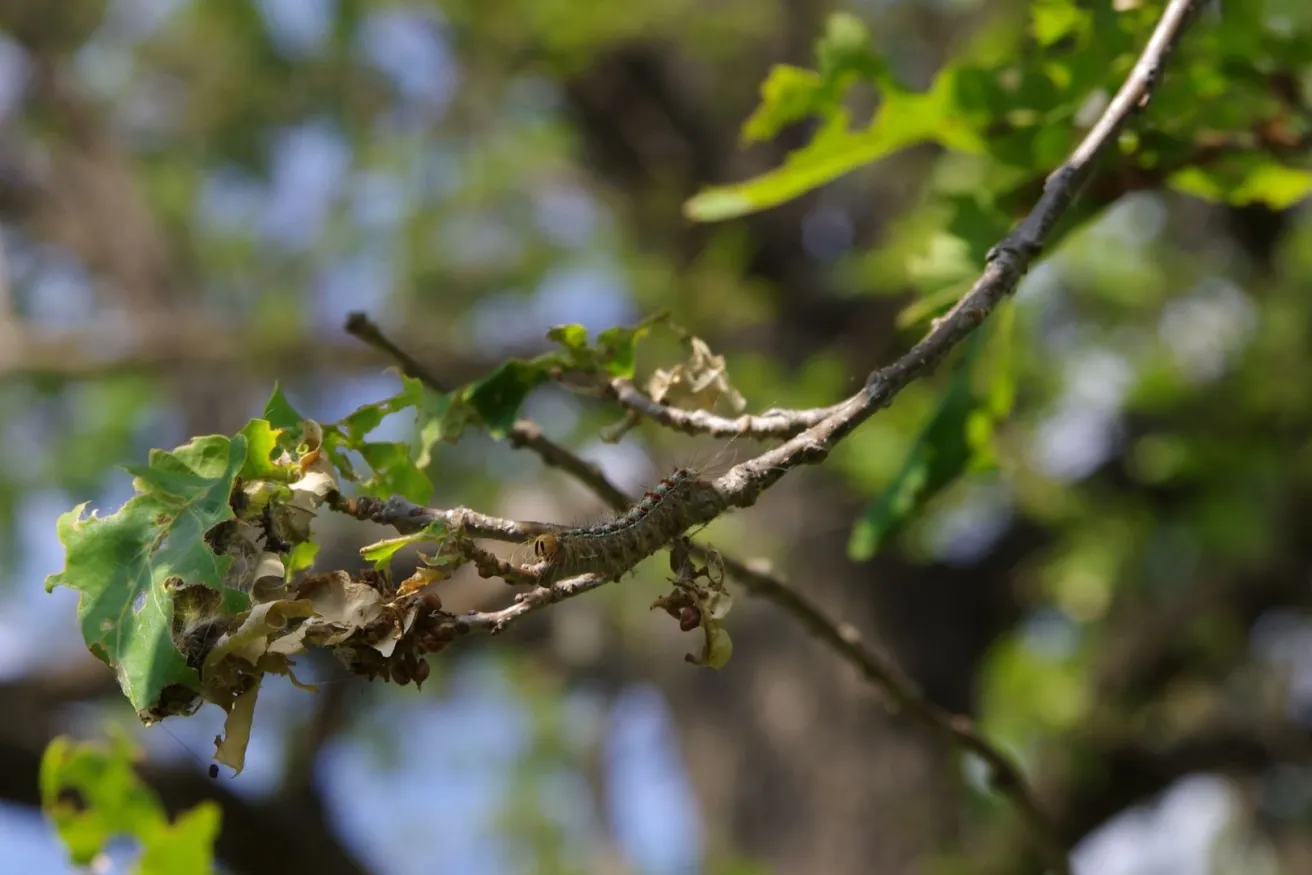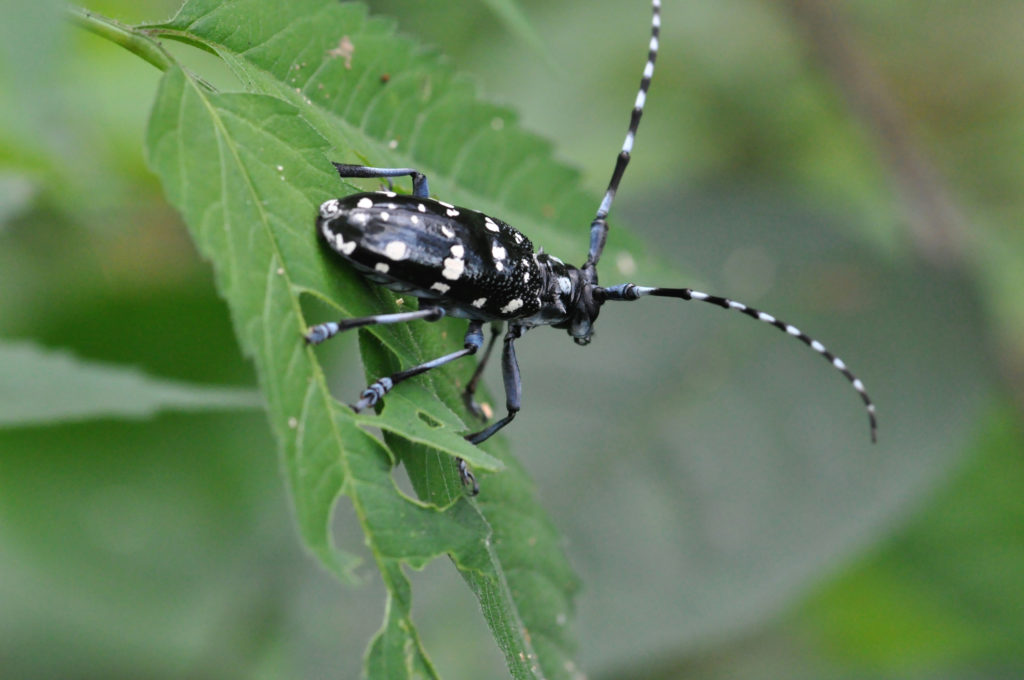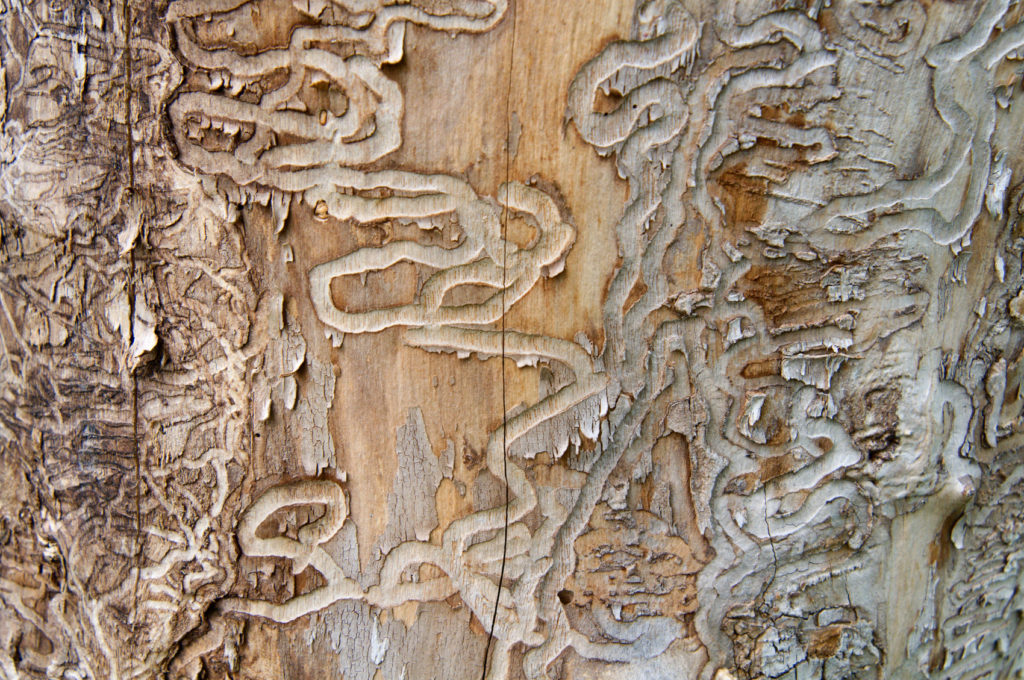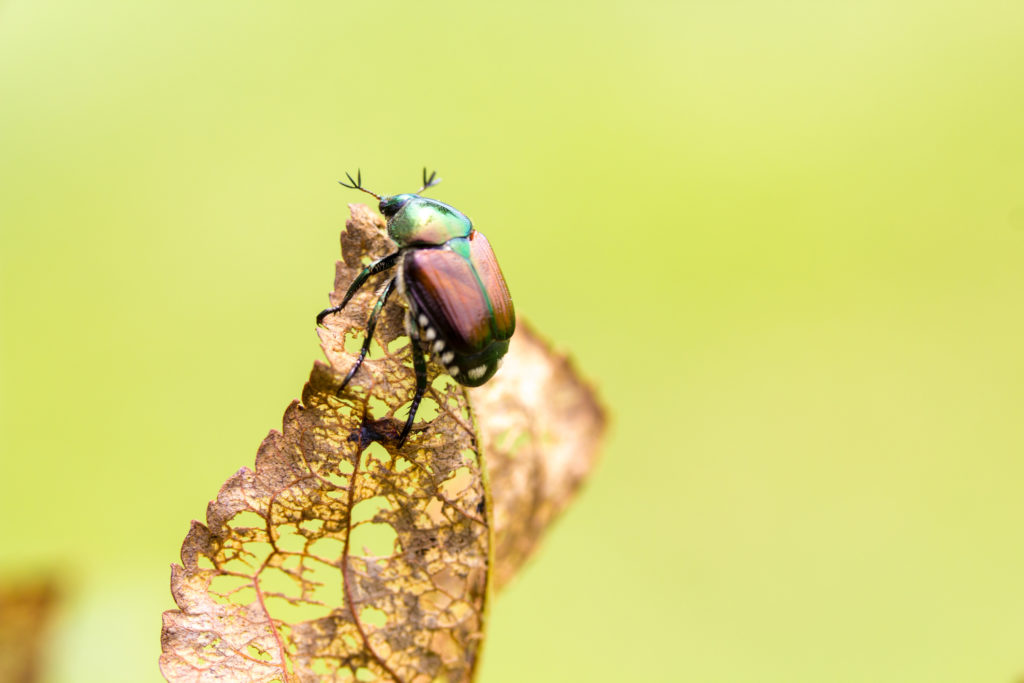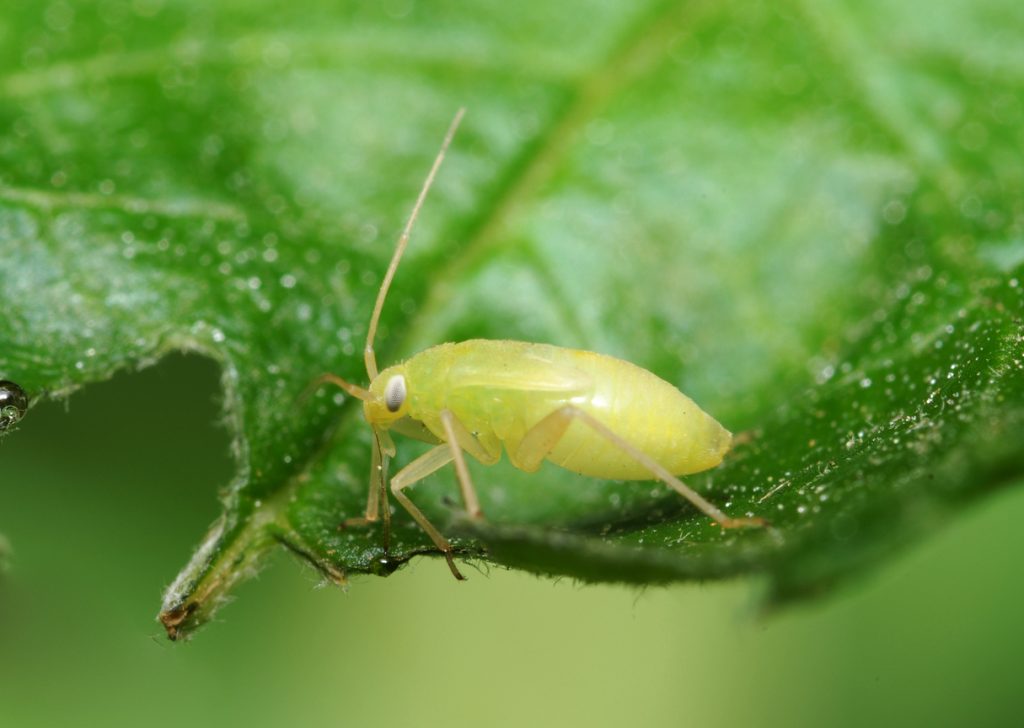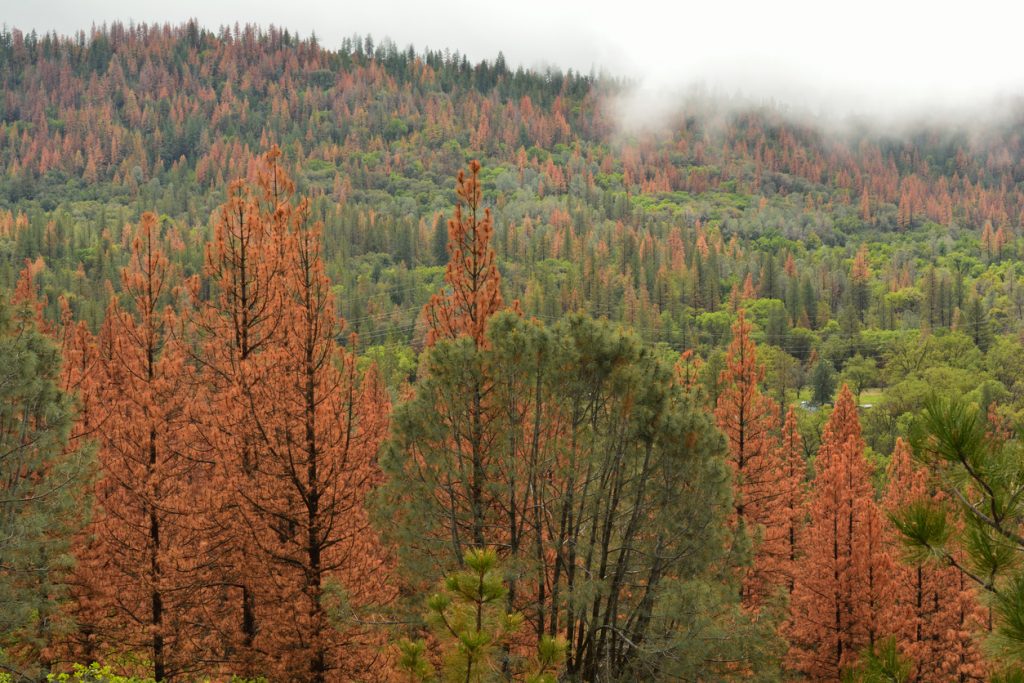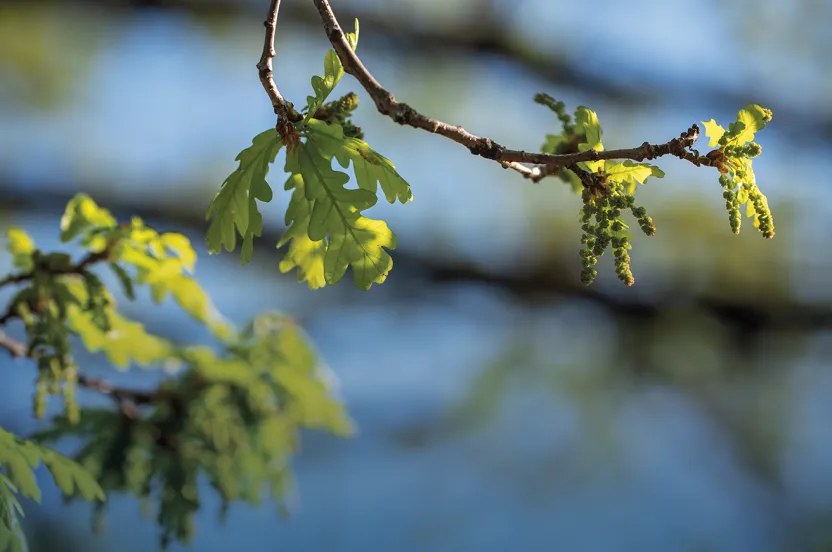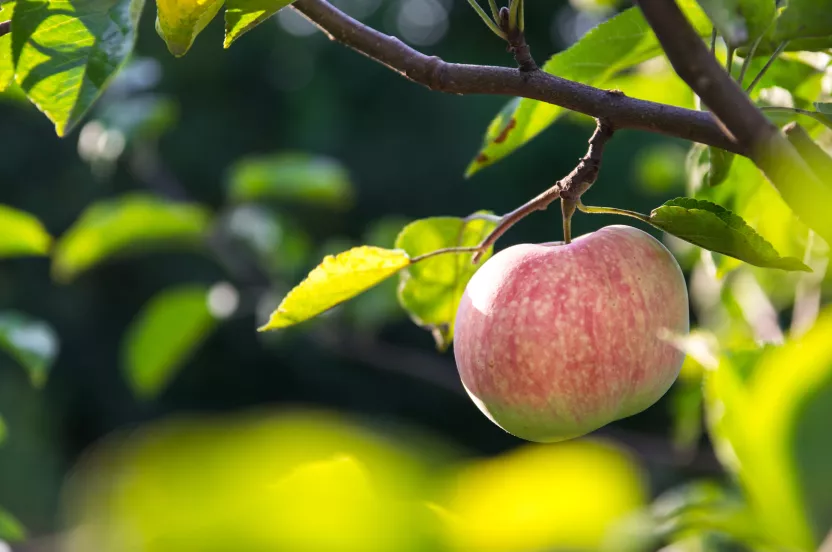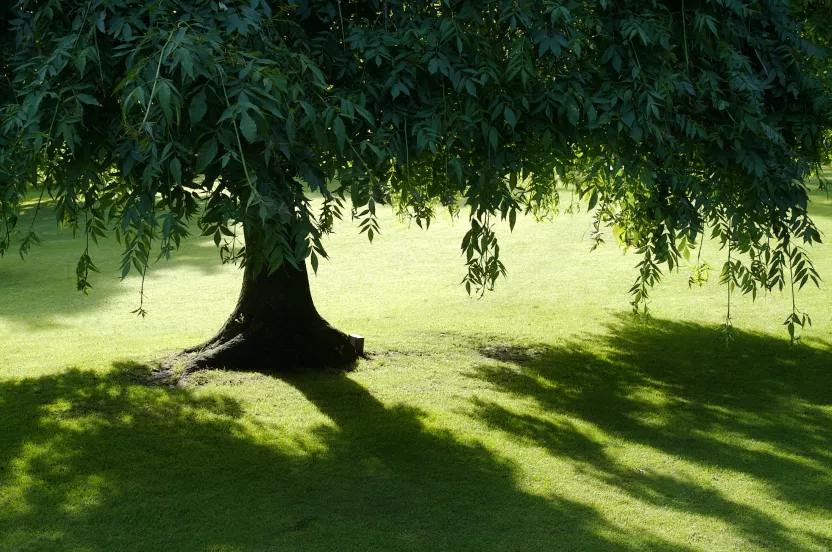Now live: The 2025 Canopy Report. Learn how Americans see trees. GET THE REPORT
5 Tree Pests to Check for This Month
Tree pests and disease have been sweeping across the country, overtaking millions of urban trees and destroying what were once dense, tree canopies. The wave of outbreaks has cost cities millions of dollars in tree maintenance and removal costs, making it critical to identify tree pests early on and prepare a plan of action before trees are infested.
But identifying pests can be a challenge. Trees can share many of the same symptoms if they are stressed or infested. In some instances, the only way to confirm whether your tree is infested is to hire a certified arborist to examine it. However, there are early signs to keep an eye out for, especially with some common tree pests.
Watch Ask an Arborist: How do I Check for Tree Pests?
The end of the summer is a great time to check trees for pests — particularly Asian longhorned beetles. That's why the U.S. Department of Agriculture has declared August as Tree Check Month. Spending 10 minutes of your day to check trees for signs of damage can help you understand any problems and develop a plan.
Asian Longhorned Beetle
This invasive wood borer attacks a variety of hardwoods including (but not limited to) maples, elms, buckeyes, birches, and willows. Once the beetle attacks the tree, it cannot be saved. But diligence is important to keep it from spreading. This pest has already been discovered in the Northeast and the Midwest, and efforts are underway to keep it from reaching further.
Watch for yellowing or drooping leaves, oozing sap, dime-sized exit holes in the trunk and limbs, shallow scars in the bark, dead limbs, and sawdust material where branches meet other branches or at the base of the tree. The USDA Animal and Plant Inspection Service website offers more guidance about the Asian longhorned beetle.
Emerald Ash Borer
The emerald ash borer kills millions of ash trees each year and is currently found in 35 states plus the District of Columbia. Adult borers are very small and difficult to spot, but trees infested with the emerald ash borer will exhibit serpentine patterns of feeding tracks packed with frass and sawdust. Later in the season, you may see D-shaped holes in the bark as the adults emerge. Also watch for crown dieback from the top down and yellowing foliage. If you'd like to learn more, check out the USDA Animal and Plant Health Inspection Service website.
Japanese Beetle
Japanese beetles feast on more than 400 plant species, feeding in large groups between leaf veins and classically skeletonizing the foliage. They also feed on flowers and fruit. Favorite trees and plants include roses, crabapples, pin oak, hibiscus, grapes, raspberries, linden, crape myrtle, sassafras, Japanese maple and Norway maple. Although they will seldom kill trees or shrubs, they can slowly weaken them, making them subject to secondary pests and disease. The larva will also leave irregular brown spots in lawns.
These beetles tend to appear earlier in the summer and are easy to spot ... as is their devastation.
Aphids
Aphids eat away at the sap in tree leaves and stems, leaving behind a sticky syrup called honeydew. Large infestations of aphids can stunt new leaf growth and cause misshapen, curling or yellow leaves. You can spot an aphid infestation by checking the underside of leaves for the pests, or checking for sooty mold, which is often attracted to honeydew.
Read Common Tree Pests and How to Spot Them
Mountain Pine Beetle
The mountain pine beetle is a small insect, native to western North America. It lives most of its life in the inner bark of ponderosa and limber pine trees. The beetles leave blue stain fungus in the sapwood that prevents the tree from repelling. Other signs of infestation include popcorn-shaped masses of resin, called "pitch tubes," where the beetles have entered. The needles on affected trees generally turn red.
What do I do if my tree is infested?
For many infestations, treatment may only slow down the infestation, but depending on the severity and type of infestation, it may not be a cure. If your tree shows signs an infestation, contact a certified arborist to examine your tree.
- Make note of what you found and where you saw it. Take a photo, if possible.
- Also, try to capture the insect. Place it in a container and freeze it. Doing so will preserve it for easy identification by the USDA.
- Finally, report your findings to your state department of agriculture.
Thank you for doing your part during Tree Check Month!
